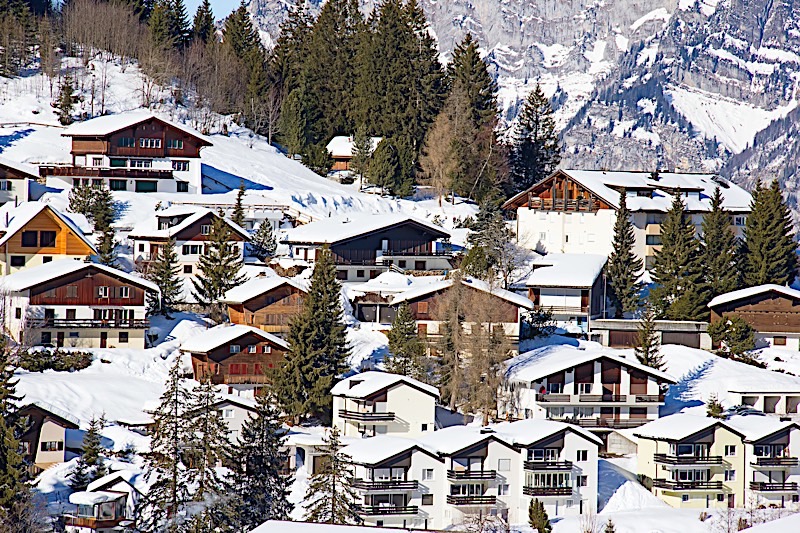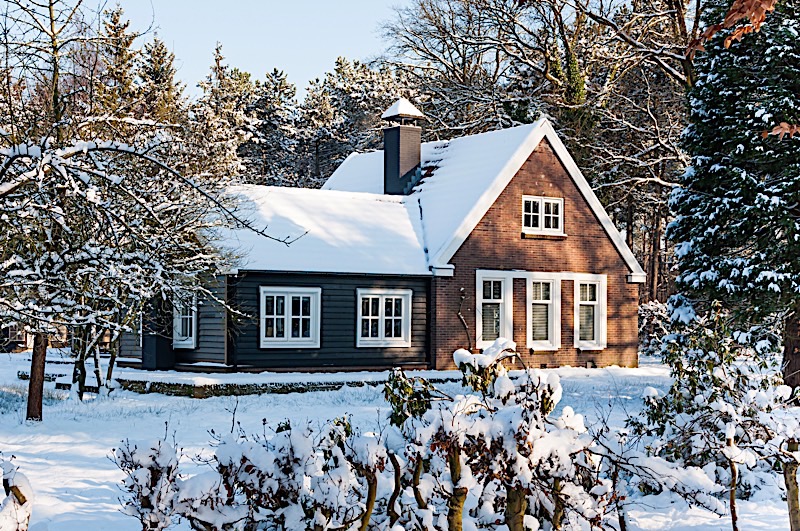Winter Property Management: Where Will Your Next Rental Be?
By Than Merrill
Now that the leaves have officially started to change color and most parts of the country have experienced a significant drop in temperature, it’s time that passive income investors paid closer attention to the intricacies of winter property management. Not unlike it’s warmer counterpart (summer), winter property management comes complete with its own set of unique criteria. If for nothing else, managing a property in warmer conditions can be drastically different than operating an income producing asset over the course of winter. That said, it’s important to understand what winter property management will require from today’s investors.
Passive income investors, those that buy properties with the intentions of renting them out to subsequent tenants, have found today’s housing market conditions to be more than hospitable. However, the conditions exhibited by today’s real estate sector aren’t the only factors to take into consideration when deciding whether or not to invest in a buy and hold property. Outside of the market itself, investors need to be aware of where and when they are investing. That’s not to infer that either is more important than the other, but rather that each is important in their own right.
Since winter is nearly upon us, I want to encourage passive income investors to mind due diligence; not only on what will be required of them in colder conditions, but also the importance of location. Similar to that of summer, the location in which you choose to invest over winter can be the difference between success an failure; don’t let your investment strategy be defined by the latter of the two. Take the time to really think about your winter property management strategy, and be sure that the location you choose to invest in has everything you need.
Winter Property Management: Location, Location, Location

Before I get ahead of myself, few things are more important to winter property management than location. The area in which you decide to invest will have a lasting impact on the performance of your property. Having said that, understanding where to invest this winter should take a backseat to none for passive income investors.
If my years as an investor have taught me anything, it’s that one rule has become more synonymous with the industry than any other: location, location, location. If for nothing else, the area in which a property is located is the single most important factor, and — as it turns out — the one aspect you can’t outright change. Nothing, at least that I am aware of, influences the performance of a property more so than where it is located and what it is in close proximity to. Today’s most prestigious investors are aware of the fact that the location of a property is second to none, and there is no reason you shouldn’t.
It’s worth noting, however, that a great location is contingent on more than geographic features. Of course those oceanfront properties are a commodity, and for good reason, but there are so many other factors that warrant your consideration. Unbeknownst to many, there are a myriad of characteristics that go into creating the perfect location for a respective property, not the least of which is weather. That’s not to say warm, temperate weather is preferred over more inclement conditions; they are just different, and need to be treated as such.
If for nothing else, renters covet colder climates just as much as warmer ones. While you could certainly make an argument for either, each region (no matter the temperature) has defining characteristics that meet the criteria of a specific demographic.
As the owner of a rental property subjected to extreme winter conditions, you must account for factors that those in most parts of California are otherwise oblivious to: snow, ice and freezing temperatures just to name a few. But that doesn’t mean colder weather is bad; it just means that you need to invest in the right spot.
I maintain that accessibility is a key component to running an attractive rental property for the duration of a long, cold winter. If for nothing else, winter already has a tendency to limit the ability for someone to get outside; your property shouldn’t contribute to the closed off feeling. It should go without saying, but more accessible properties are more desirable in winter conditions. Renters already have to worry about snow preventing them from getting from point A to point B; don’t let the location of your property be another reason they can’t get out. Invest in properties with easy access to infrastructure; things like roads, grocery stores, emergency services, and a whole slew of other things are of vital importance questionable weather conditions.
It’s worth noting that accessibility can transcend necessities, and oftentimes winter property managers are better off doing so. That’s not to say your assets shouldn’t be close to necessary staples, but it pays — more often than not — to be located next to a place of interest. Not unlike summer, winter has its own fair share of vacation destinations, and the closer your rental can be to the largest tourist attractions the better. It’s no coincidence that some of the best winter properties are located within walking distance of major ski resorts and mountain retreats. If you are looking to own and operate a winter rental, I highly recommend buying in a spot that already has demand.
Winter property management coincides with a number to-do’s. However, nothing on your checklist is more important than the location which you choose to invest. Before committing to becoming a winter property manager, be sure you know what you are getting into. While a winter rental can pay great dividends, it’s not without it’s caveats. Understand the differences in running a home in the winter and summer, and you will be better off for it.